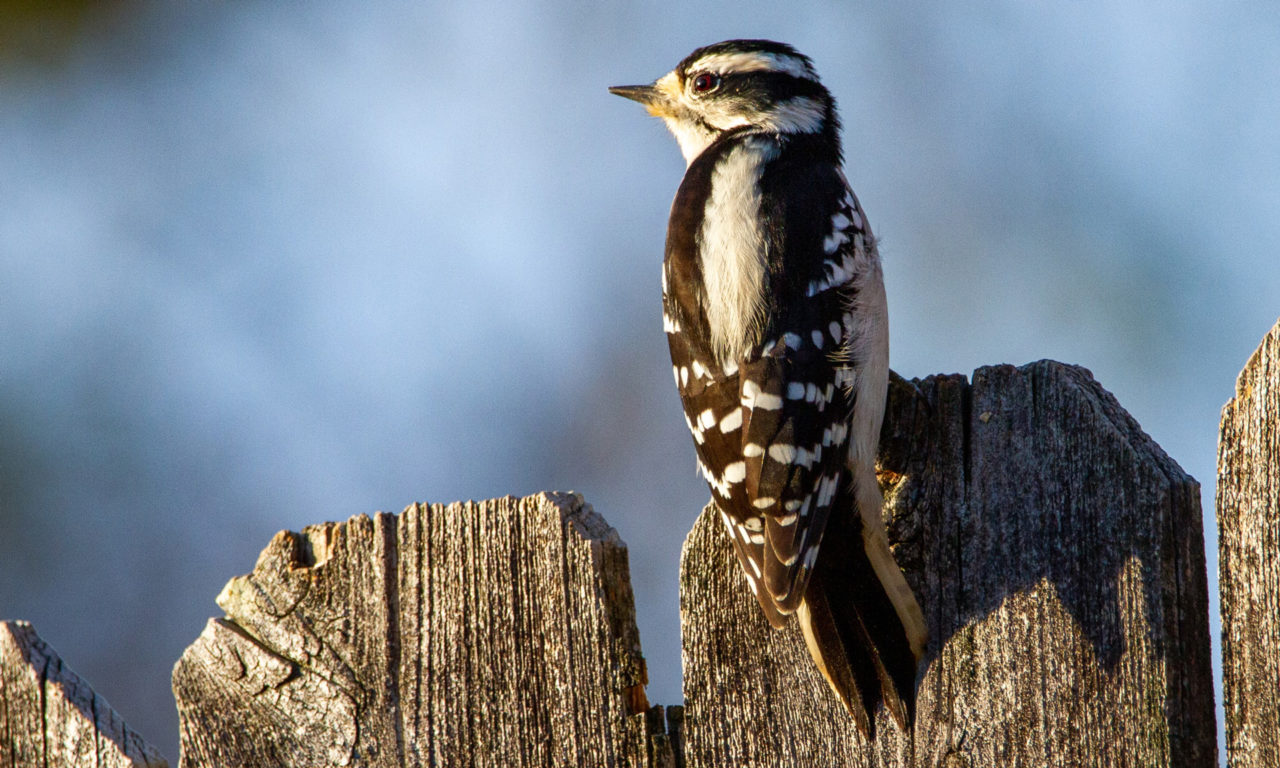Discover the Remarkable World of Woodpeckers: Everything You Required to Know
The globe of woodpeckers is a world loaded with unique actions, detailed adjustments, and a varied variety of types. From their habitats and circulation patterns to their feeding practices and specialized anatomical attributes, woodpeckers have actually long mesmerized the interest of ornithologists and nature enthusiasts alike.
Woodpecker Habitats and Distribution
Woodpeckers populate a varied variety of settings worldwide, showcasing flexibility in their distribution patterns. These durable birds are discovered in forests, forests, savannas, and deserts across different continents, demonstrating their capability to prosper in various climatic problems. In North America, as an example, woodpeckers can be spotted in both coniferous and deciduous woodlands, using their solid beaks to forage for insects and produce nesting dental caries in trees. Similarly, in Africa, certain woodpecker types have adjusted to arid settings, such as the acacia forests, where they play a crucial role in controlling insect populations.

Feeding Behaviors and Diet Regimen
Amongst the various aspects of their actions, woodpeckers show distinct feeding habits and dietary preferences. These birds are primarily insectivores, with a diet that includes ants, beetles, caterpillars, and other bugs discovered in trees. Woodpeckers use their strong beaks to pierce right into the bark of trees, penetrating for pests and larvae concealed beneath the surface area. In addition to pests, woodpeckers also consume nuts, seeds, fruits, and sap. Some species have specialized tongues with barbed suggestions that help them extract insects from crevices in timber.
Woodpeckers are recognized for their drumming habits, which offers not only to connect with various other woodpeckers however also to locate food. The rapid drumming audio is produced by the bird pecking on resonant surface areas like dead trees or metal poles. This actions can draw in insects concealed in the wood, permitting the woodpecker to detect their visibility and feed upon them.
Unique Adjustments for Tree Climbing
In their skilled pursuit of insects concealed within tree bark, woodpeckers have progressed exceptional physiological functions that outfit them with special adaptations for effective tree climbing. One of the vital adaptations is their zygodactyl feet, with 2 toes pointing onward and two aiming backward, supplying a strong hold on tree trunks. This specialized foot setup allows woodpeckers to stick to vertical surfaces easily, enabling them to relocate up and down trees with agility. Furthermore, woodpeckers have stiff tail plumes that act as a helpful prop while they climb up, aiding in equilibrium and stability. Their solid, chisel-like beaks are not just used for boring right into wood however additionally for grasping onto bark as they rise tree trunks. Woodpeckers have solid neck muscle mass and an one-of-a-kind skull framework that absorb the influence of constant pecking, enabling them to climb up vertically without triggering injury to their brains. These adjustments display the amazing transformative layout that enables woodpeckers to browse trees with accuracy and efficiency.
Diverse Woodpecker Variety Worldwide
With over 200 various types spread across different habitats worldwide, the family of Picidae encompasses an amazing diversity of woodpeckers. These birds can be found in forests, timberlands, savannas, and also metropolitan areas, showcasing their adaptability to different environments. From the legendary Northern Flicker in The United States And Canada to the vibrant and elusive Crimson-backed Flameback in Asia, each woodpecker species shows special qualities in terms read this post here of tuft, habits, and habitat choice.
Woodpeckers differ significantly in size, with the petite Downy Woodpecker determining around 6-7 inches in length, while the effective Lineated Woodpecker can get to up to 17 inches - Woodpeckers in Florida. Their beaks likewise come in various sizes and shapes, showing their feeding practices. Some species concentrate on drawing out insects from tree bark, like the Acorn Woodpecker, while others, such as the Black-cheeked Woodpecker, feed on fruits and seeds

Preservation Initiatives and Challenges
Preservation efforts for woodpecker populaces are critical in reducing the effect of habitat loss and other threats facing these diverse avian species. Woodpeckers deal with various difficulties to their survival, primarily because of deforestation, urbanization, climate adjustment, and invasive varieties. To address these problems, conservation efforts concentrate on shielding and restoring woodpecker environments, applying sustainable forestry methods, and raising understanding about the value of these birds in ecological communities.
One significant internet difficulty in woodpecker conservation is the fragmentation of their habitats, causing separated populations that are much more susceptible to extinction - Woodpeckers in Florida. Conservationists function to create wildlife hallways and protected areas that attach these fragmented environments, allowing woodpeckers to move in between various locations for feeding, reproducing, and sanctuary

Conclusion
In conclusion, woodpeckers are fascinating birds with unique adjustments for tree climbing and feeding actions. More research study and preservation actions are needed to ensure the survival of woodpeckers in the wild.